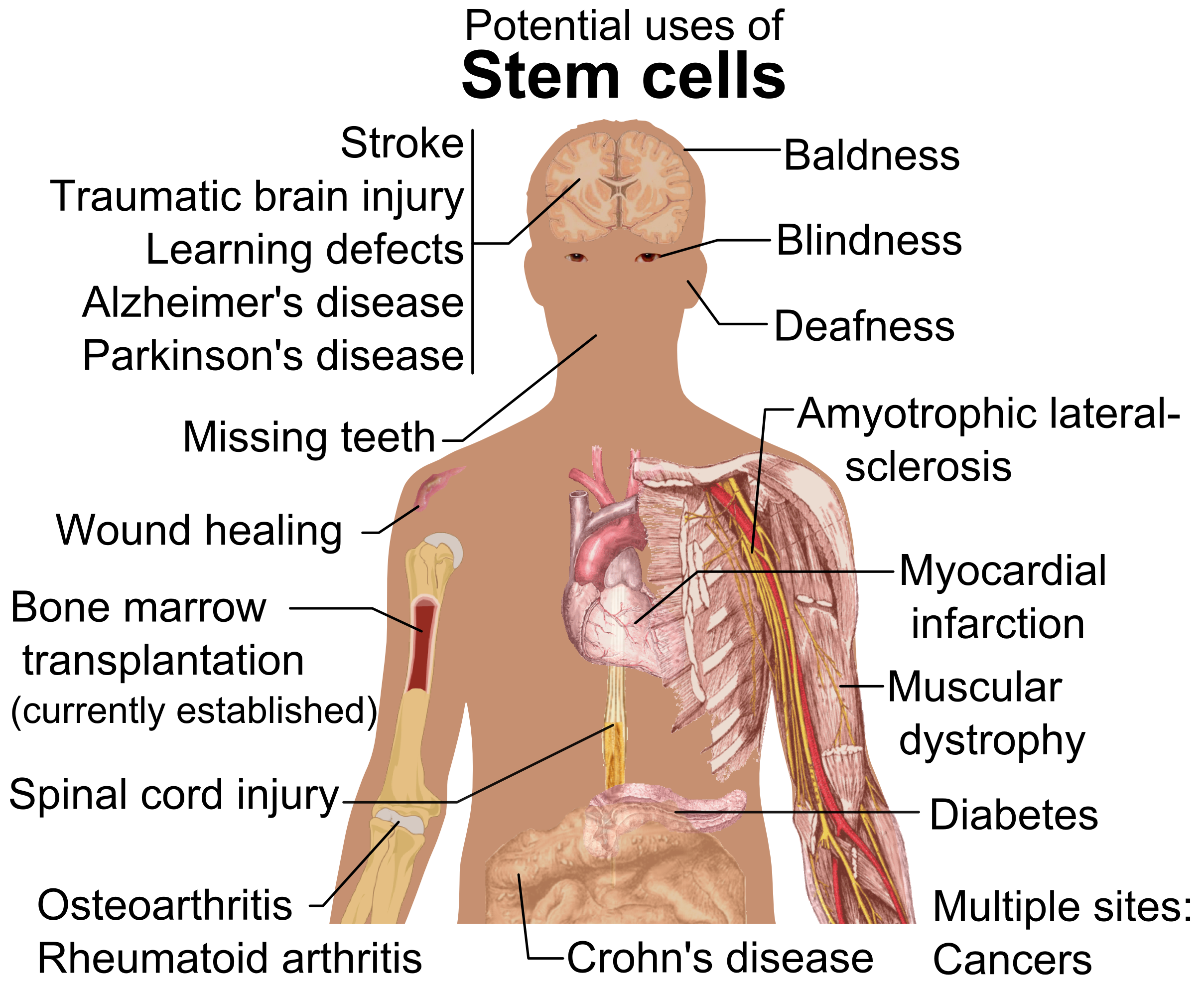STEM CELL CLONING
Wednesday, 27 July 2016
MY OWN VIEWS: STEM CELL is the remarkable potential to develop into many different cell types in the body during early life and growth. In addition, in many tissues they serve as a sort of internal repair system, dividing essentially without limit to replenish other cells as long as the person or animal is still alive. When a stem cell divides, each new cell has the potential either to remain a stem cell or become another type of cell with a more specialized function, such as a muscle cell, a red blood cell, or a brain cell.
Monday, 25 July 2016
Cloning used to make stem cells from adult humans
Making stem cells by cloning
An embryo, the earliest stage of human development, is a cluster of cells smaller than the period at the end of this sentence.
To make a cloned embryo, scientists use equipment analogous to "like a half-million-dollar video game," Daley said.
Researchers perform surgery on eggs with needles that are the 10th of the size of a human hair. They use joysticks to manipulate the tiny equipment, spearing the egg, removing its DNA and then transferring the nucleus of a skin cell into the egg.
"That process, which is called nuclear transfer, sets in motion this remarkable process of early human development," Daley said. "We trick this reconstructed egg into thinking it's been fertilized."
Chung's group -- which led the Cell Stem Cell study -- used this cloning method that Mitalipov had pioneered to get two stem cell lines out of 77 eggs. "It seems that the quality of oocyte (egg) plays a pivotal role," Chung said.
Egli and colleagues had their own spin on the cloning process, amending it so that it happens in a more controlled way. Their study in Nature used electricity in combination with chemicals, and manipulating the calcium concentration, to improve the procedure. They generated stem cells specific to the diabetic patient who had donated skin cells; the eggs came from donors.
This group got four cell lines from 71 eggs, said research assistant Lydia Mailander. The average egg donation is 14 to 15 oocytes. Researchers estimate it would take two such donations to get one stem cell line.
In mice, Egli and colleagues showed in a separate study that the cloned stem cells from the diabetic patient mature into glucose-responsive beta cells, which secrete insulin into the bloodstream of the animals.
SOURCE:http://edition.cnn.com/2014/04/28/health/stem-cell-breakthrough/
Subscribe to:
Comments (Atom)

